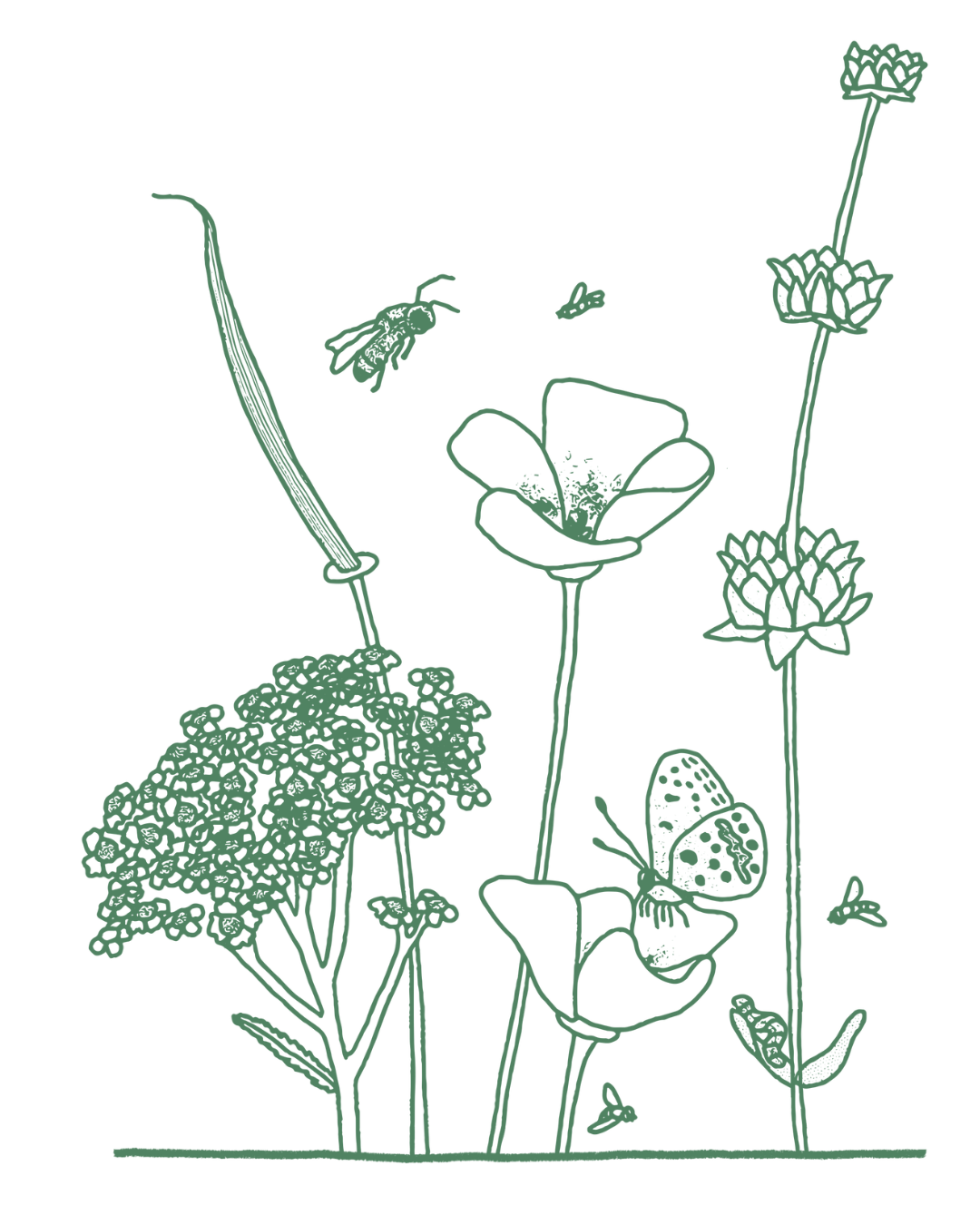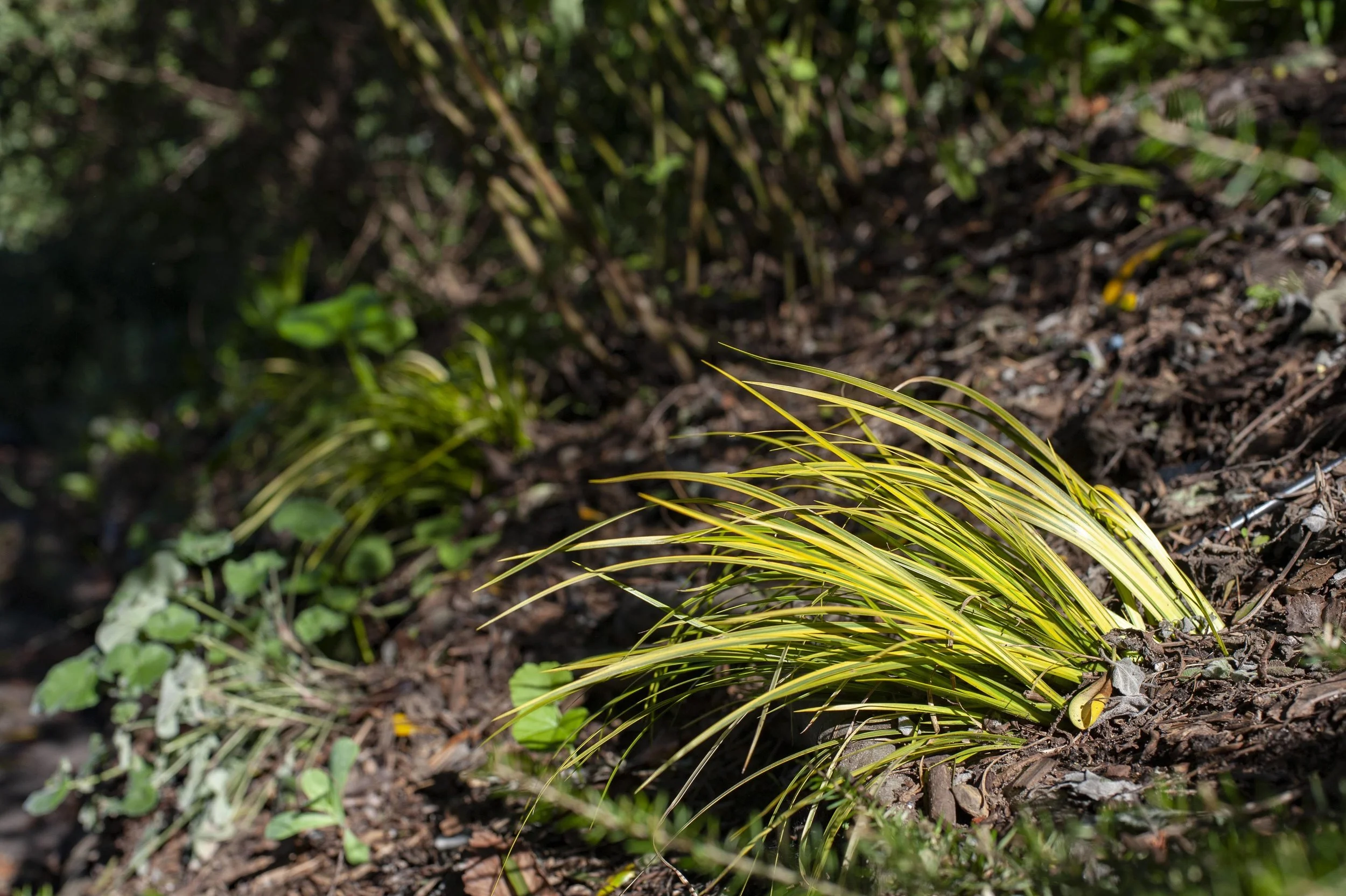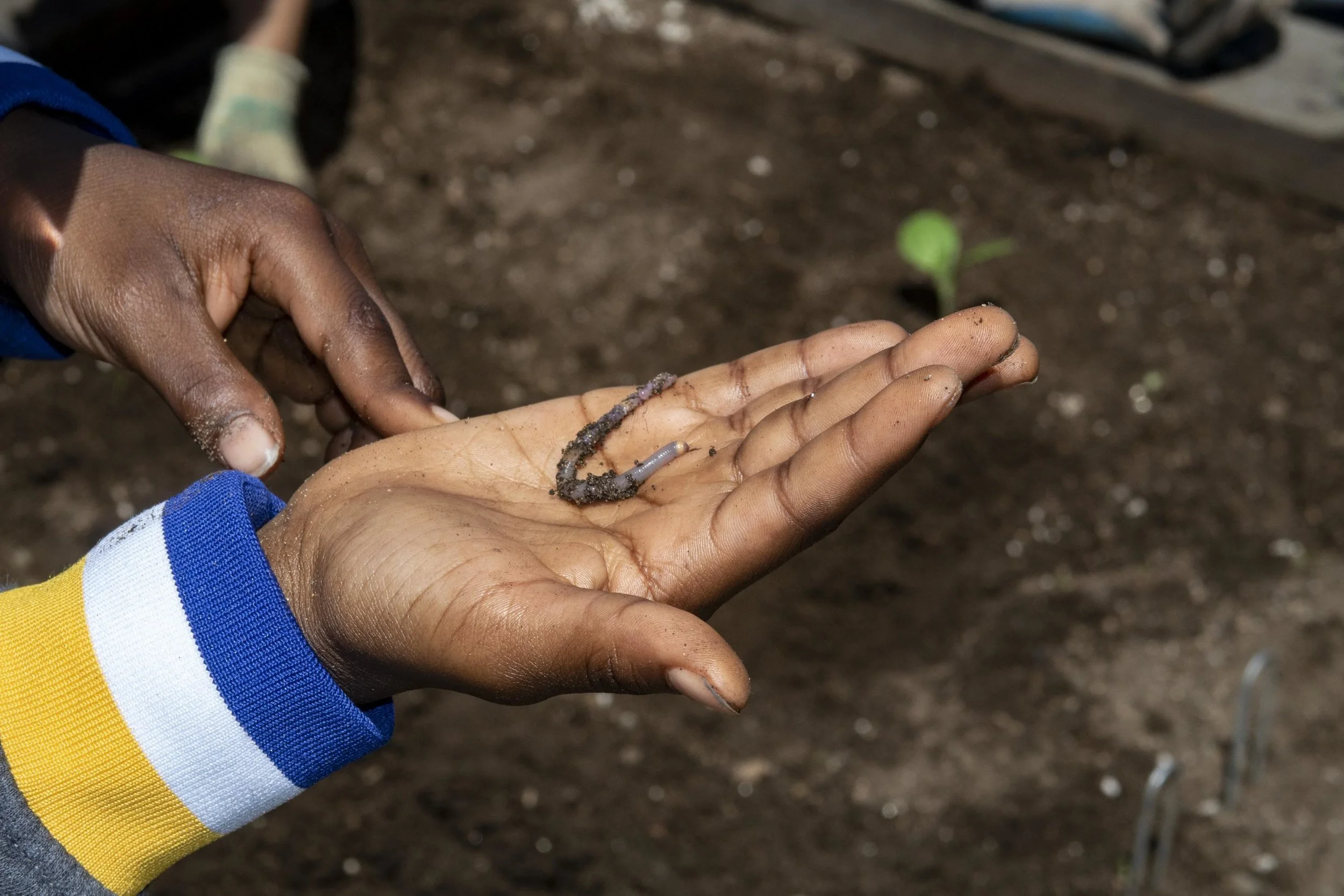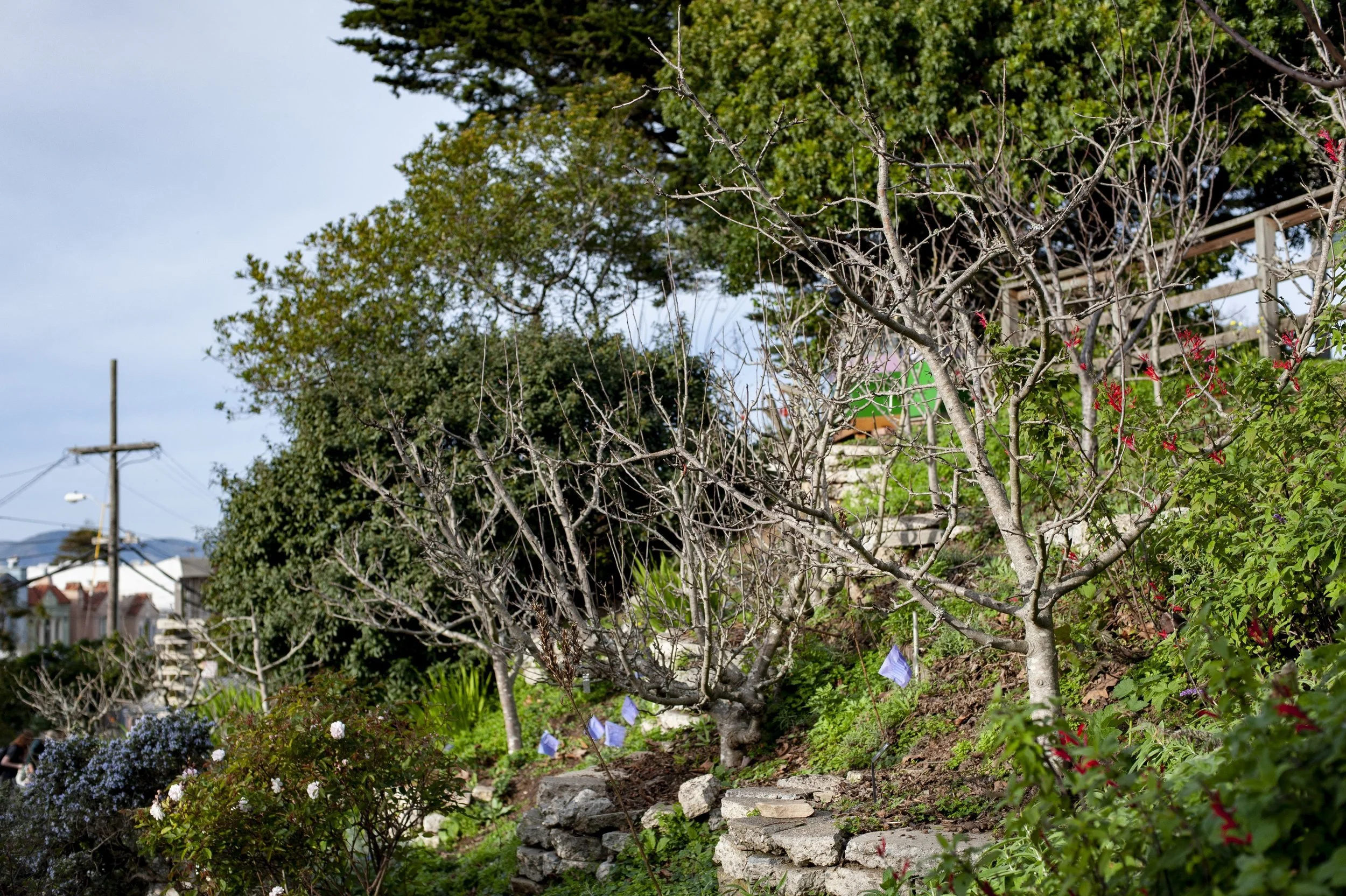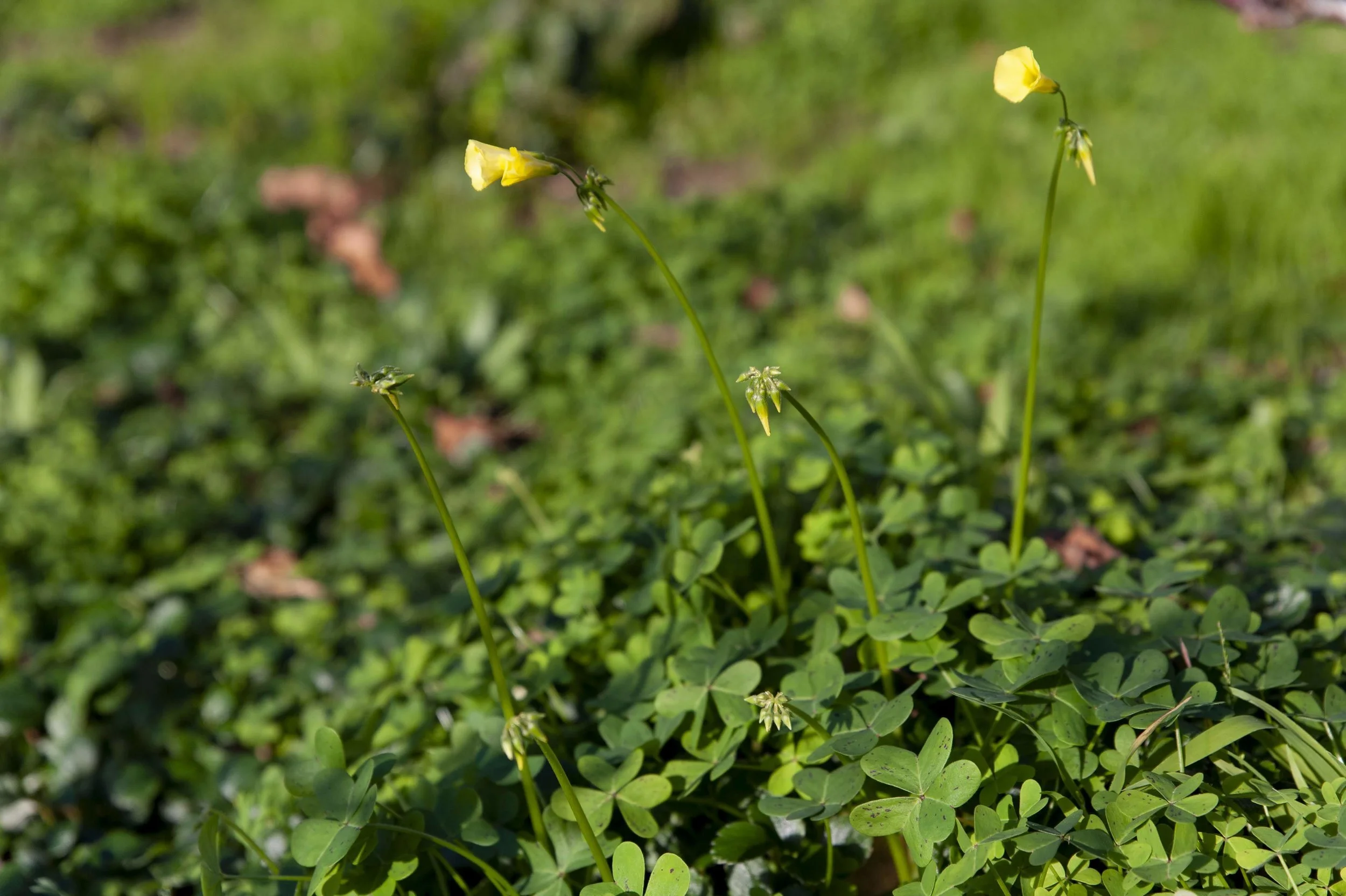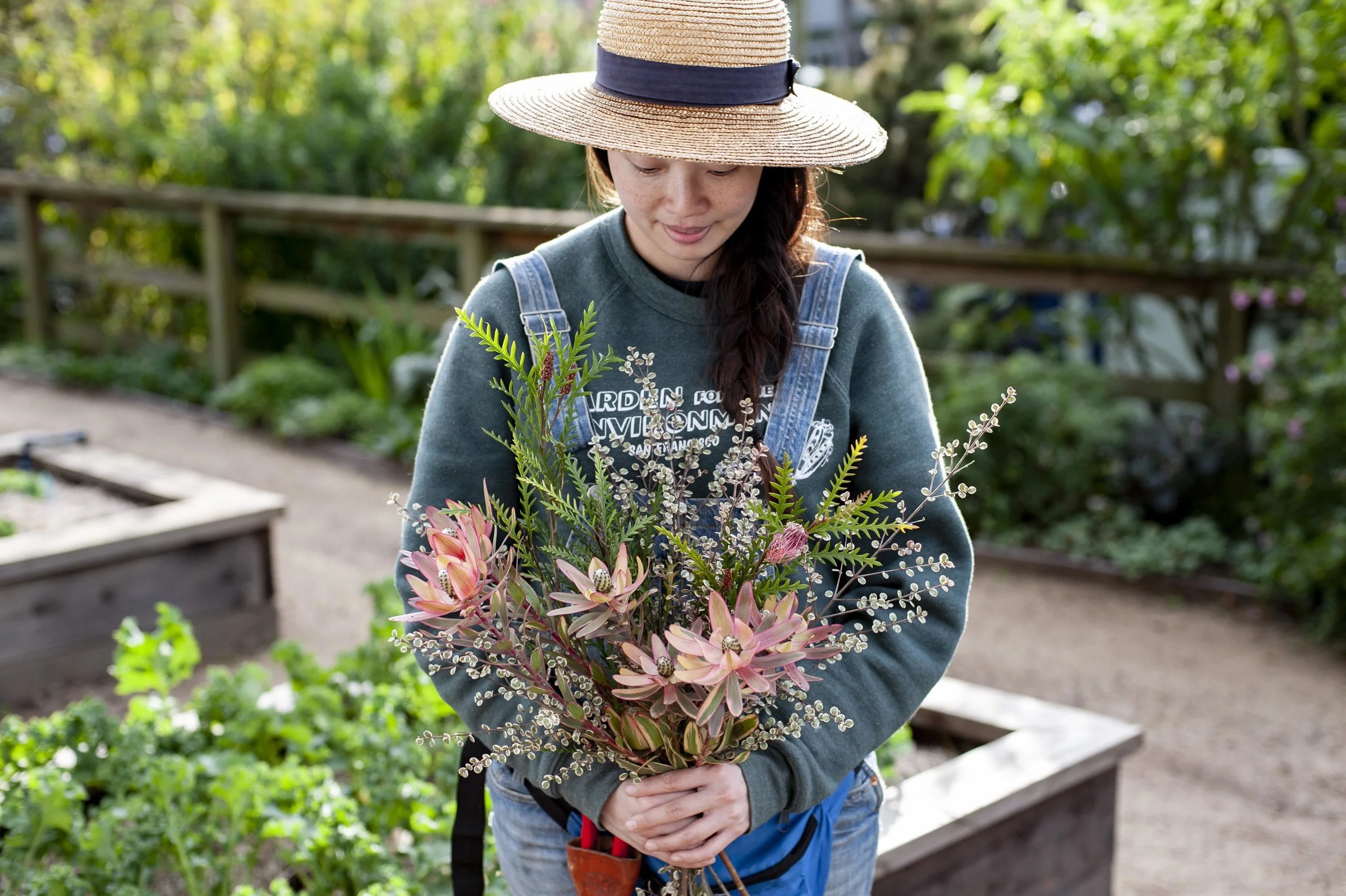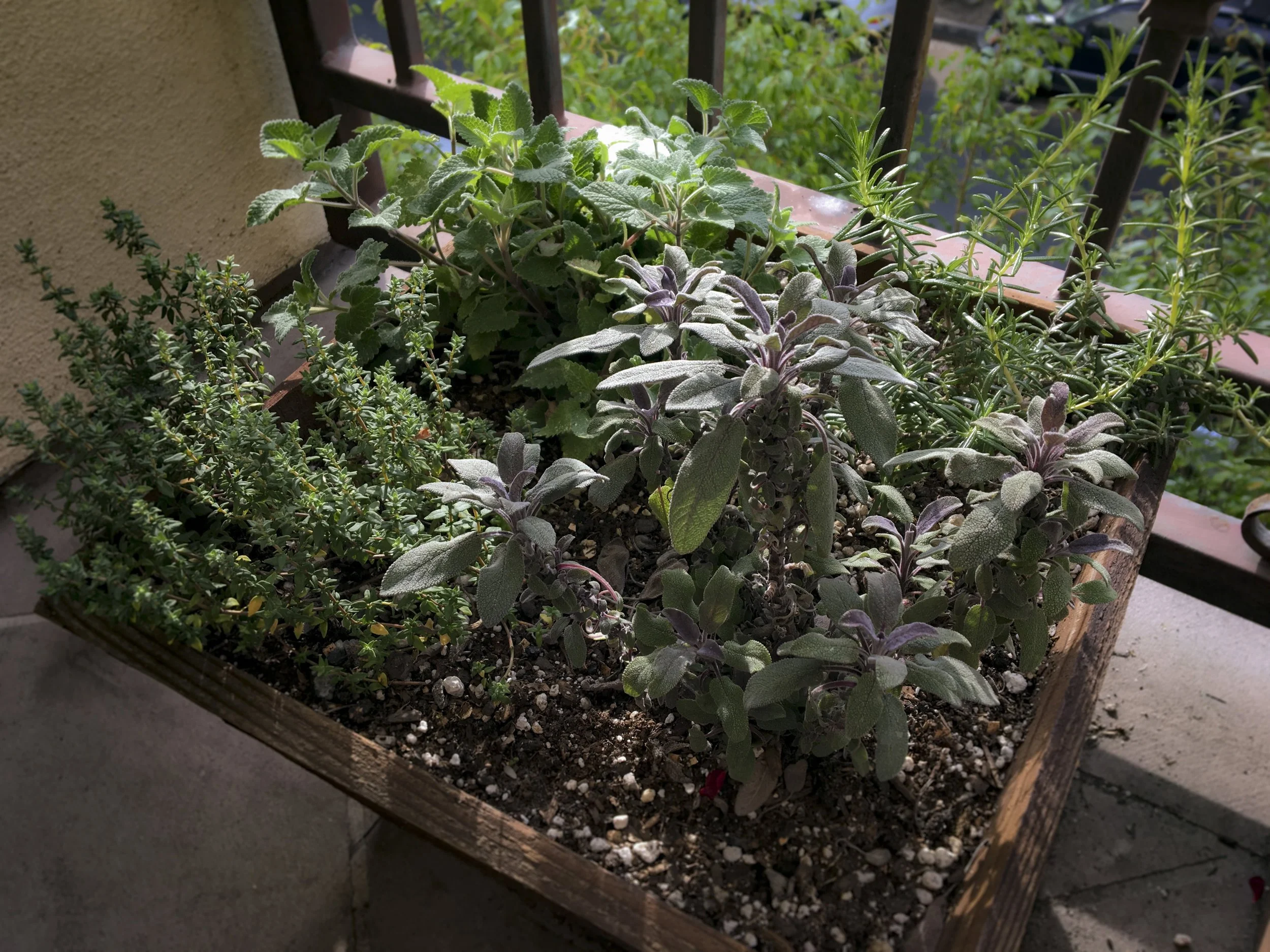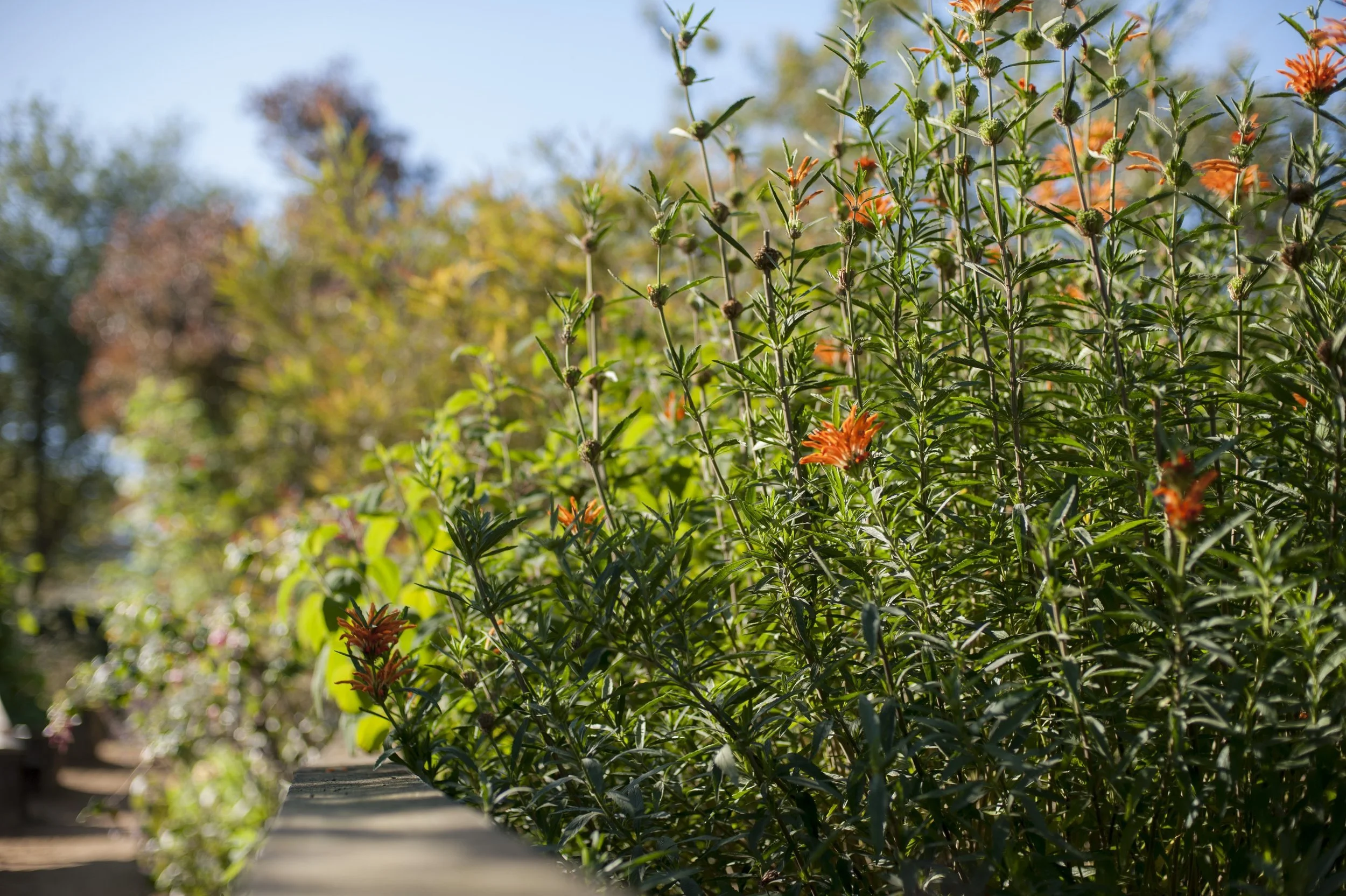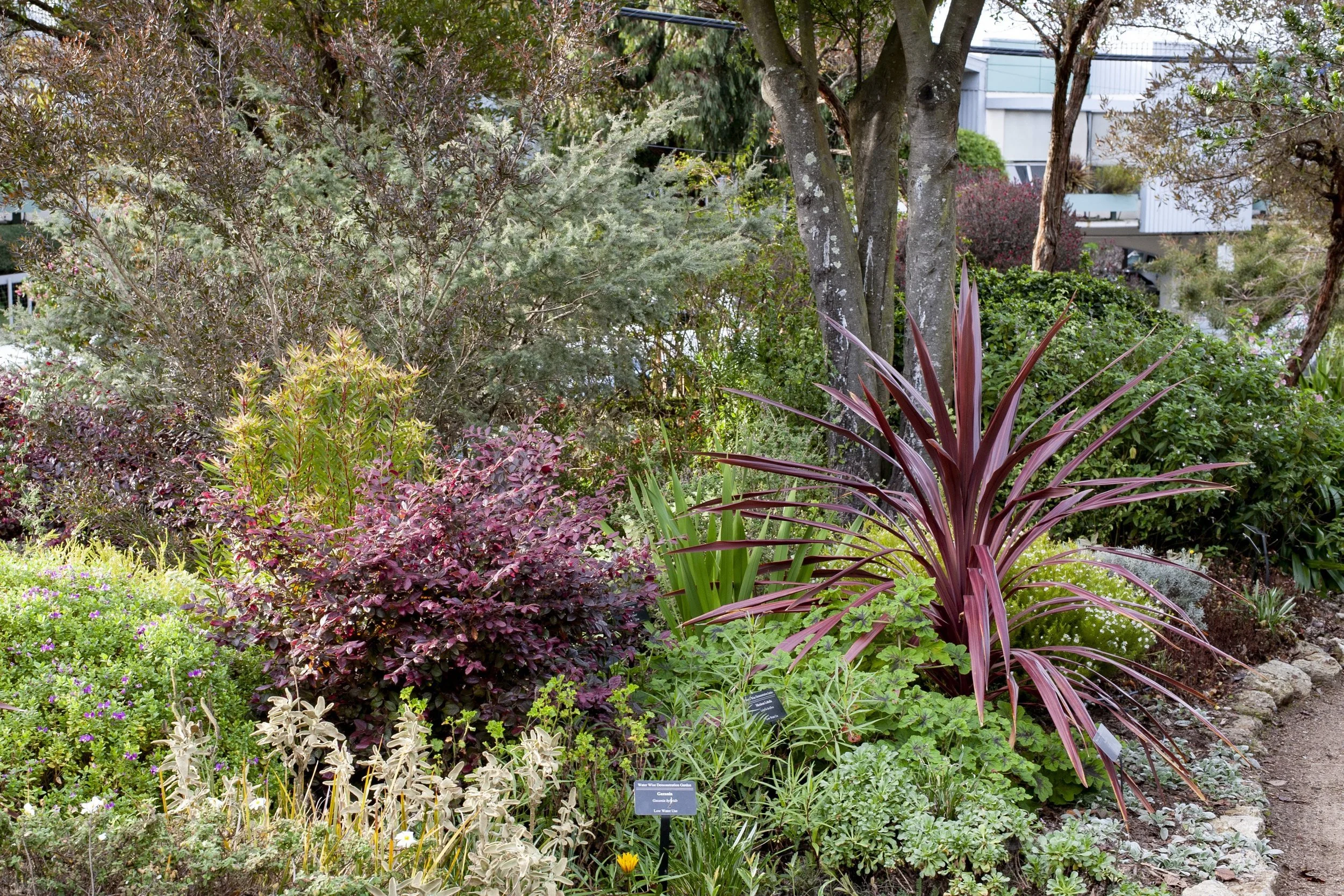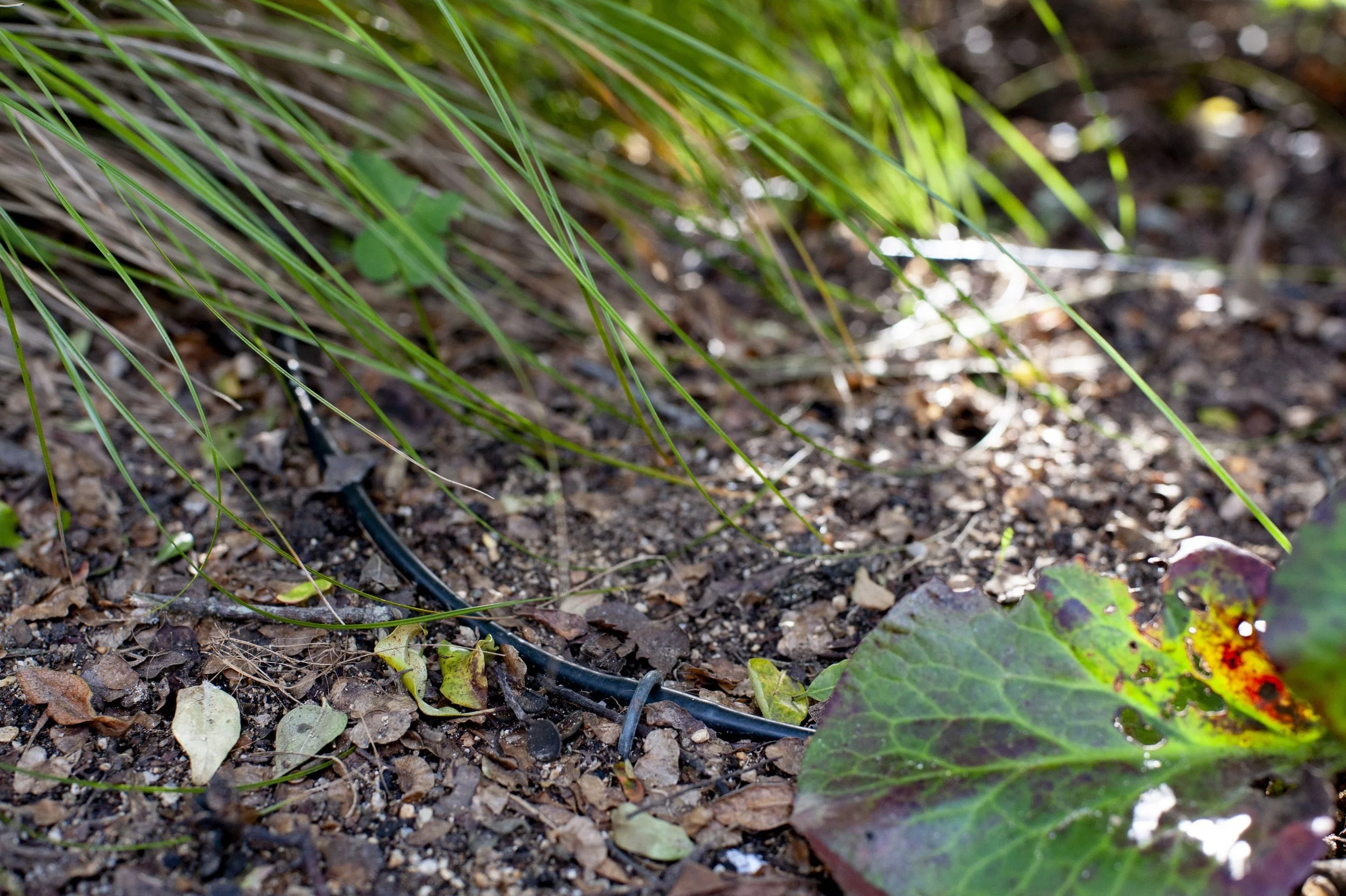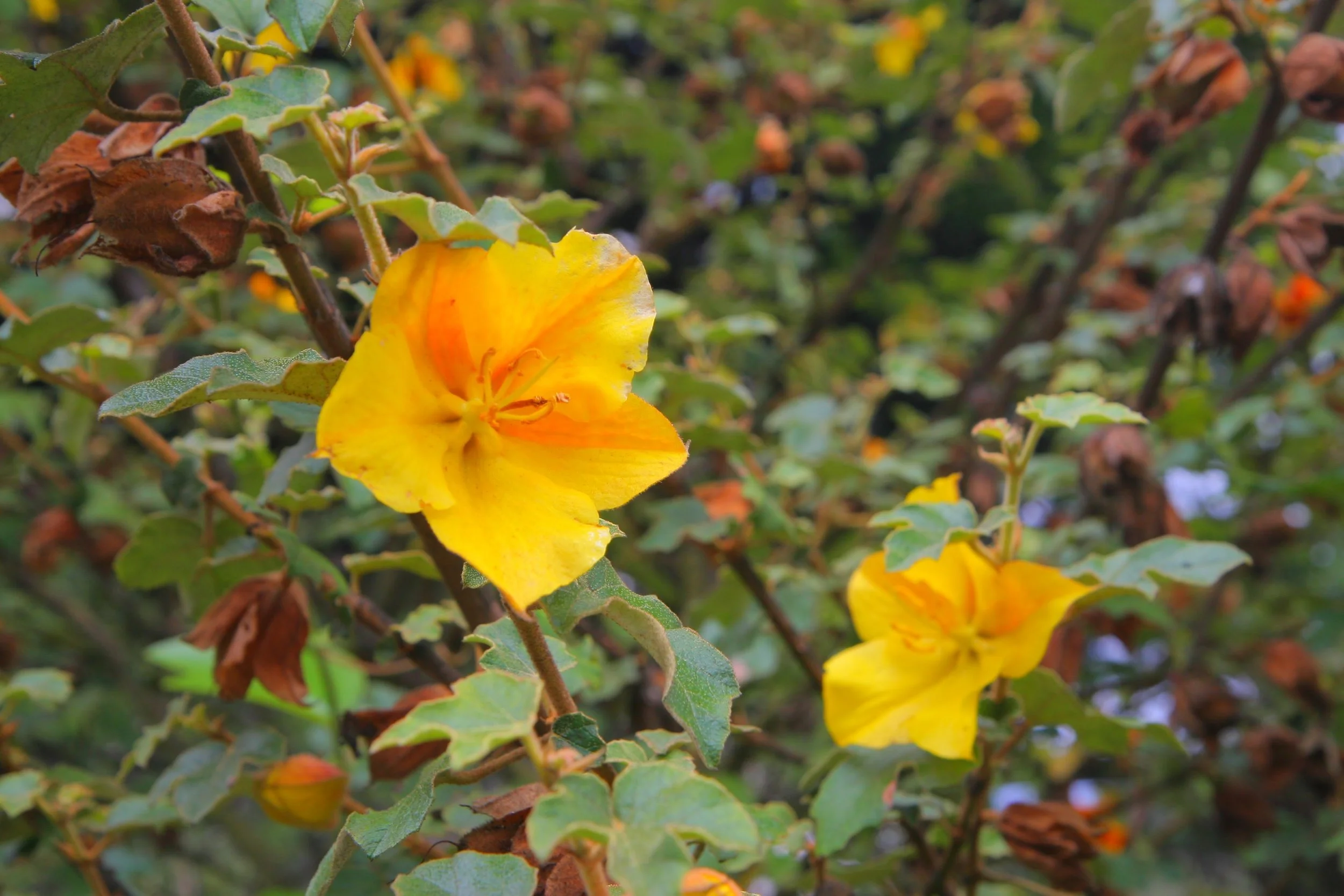Growing Gardeners
Dig into our online garden classroom featuring urban gardening advice, fun projects for kids, and recipes straight from the garden.
Learn to foster a garden that supports your community and local ecology.
Tea and Winter Pruning
This morning was sunny, a momentary break between showers. I kicked off my slippers, put on my boots, and went outside to have a look. Sipping my tea, I walked through the soggy garden, waiting for a little prompting to tell me where to work today. My eye was caught by a section of the garden where last year’s growth had caused some shrubs and perennials to grow into and through each other, leading to a visual mess. They were beautiful plants, just right for a sunny dry border with a sturdy succession of bloom.
New Year's Resolutions
On my honor, I will try to do my part to rebuild the living soil, recharge the aquifers, protect the life cycles of endangered plants and animals, and respect all life, from the mycorrhizal fungus to the red-shouldered hawk, (excepting only rats, gophers, and oxalis.)
Now there’s a resolution.
Don't Give Up, Planting Time is Now
The weeks we are having right now are the best time of the year to plant shrubs and perennials for our summer dry climate. The soil is still warm from summer and autumn, but now it’s also thoroughly moist from the first weeks of good rain. The sunny days with fluffy, white clouds that come between rainstorms are the ideal time for planting. Newly installed plants will have five or six months to get their roots down into new soil before they get their first drought stress test, often in late May or early June when the first dry hot day of the new year comes along.
Blessing of Rain
Rain fell like a blessing on our town last night, and the night before. Gentle, persistent showers, a sunny day, and then another night of showers. The garden was so happy! Leaves that had been dusty for months were shiny and refreshed, plants that were chronically stressed during our long dry summer were suddenly perky. Our gardening seasons are so dependent on this first rain of the year, that it almost should be declared the New Year whenever it comes. Break out the champagne!
How Do Purple Flags Fight Climate Change?
What we are learning now is that the presence of green growing plants is even more important to building a living soil than the presence of decomposing organic matter. By planting a mixed perennial meadow under our fruit trees instead of constantly disturbing the soil with weeding, we are adding much more carbon to our soil over time than we could by simply mulching. While getting rid of the oxalis weeds is great, getting rid of the carbon dioxide that is driving climate change is much more important.
Why the Purple Flags?
If you had walked through GFE in March five years ago and looked uphill into the orchard, you would have seen a solid sea of yellow flowers foaming around the trunks of our fruit trees. What’s a restorative garden team to do? Of course, as an organic garden where no pesticides have been used for over twenty five years, we didn’t consider spraying roundup on the oxalis. We made a long term plan to change the conditions in the orchard so that they no longer favored the oxalis.
Don't Touch that Dial!
As our rainy season draws to a close, gardeners everywhere are turning their irrigation systems back on in anticipation of the dry summer months to come. And this year, with the drought emergency officially over, it’s with an easy conscience. After all, why not treat the garden to a little more water this year? After all those lean water years, don’t the plants deserve it? Whoa! Don’t touch that dial!
The Birds and the Bees
Spring is in her prom dress now, and all the birds and bugs are zooming around, finding mates, showing off, and building nests. If your garden is planted to attract hummingbirds, you may be puzzled by some unusual behavior. Occasionally you may see a hummingbird ignoring all the beautiful red tubular blossoms you have provided and instead zooming around under an old porch or dead tree. What the heck is it doing?
Yikes! Oxalis!
At GFE, our south orchard is full of Oxalis pes-caprae, otherwise known as sour grass. This horrible weed originated in South Africa in a climate so similar to ours that it has gone crazy in California, invading everywhere. It’s bright yellow flower and clover-like leaves can be found on roadsides, in restored or disturbed natural areas, parks and gardens. It is relentless and it never sleeps. Many a gardener has spent hours weeding this pest, only to come back a week later and find it fully re-established. So what can we do?
Winter Bouquets
One of the great pleasures of climate-wise gardening in the Bay Area is the beautiful winter bouquets we can cut from our flowering trees and shrubs. When the rainy season starts, climate-wise plants wake up from their dormancy during the dry summer and fall. Many of them start blooming immediately. Salvias, tea trees, tree aloes, and grevillias are just some of the plants blooming now at Garden for the Environment.
Winter Projects
It’s been a long, dry summer, with plenty of bad news. The Sierras were on fire, we were flushing our toilet with buckets from the shower, and the city gardens and streetscape were full of dead, dying, and stressed trees and plants. It was hard to feel inspired to get outside and work in the garden. But now the local soils are starting to hold some moisture, there’s snow in the mountains, and fingers are crossed for a wet winter. Here are some easy projects to help tempt you back outside.
Don't Give Up!
These are the dog days of summer. The gardens are dry and dusty, the street trees are stressing, plants all over town look flaccid and dull and hopeless. On the days when the city air is clear of smoke, we can try to forget how bad fire season is in the wild lands this year. But it will rain again, and when other parts of the country are deeply dormant, in December and January, our plants will be growing and blooming enthusiastically in the mild and juicy winter rains. Don’t give up!
Brown is the New Green?
Brown may be the new green, but what happens after that? Can we really count on future rainy years to save our lawns? Wouldn’t it be better to redesign our city now, with plants that do not need much summer water? Then silver and gold, lime and lavender and burgundy can be the new brown. These are only some of the palette of colorful and thriving plants you can see if you visit Garden for the Environment.
Towards a Leafy Future (Even in a Drought)
Every spring, as the last rains finish, gardeners are busy turning on the drip irrigation timers, and running each valve, to make sure that there are no leaks, and that the water is being targeted correctly. This year, because of our record-breaking drought, the stakes are even higher. Almost every garden has room to trim water use. First of all, if your garden still doesn’t have drip irrigation, now is the time. Drip irrigation applies the water slowly and evenly directly into the soil, so that none is lost to evaporation or run-off.
Garden Tolerance
Some native plants can be mixed in with other plants requiring summer water, but most can not. This is called the garden tolerance of the native plant. Most native plants have poor garden tolerance, which just means they will not thrive if exposed to normal garden conditions like rich soil, fertilization, and summer irrigation. They may even die.
Space, The Final Frontier
It is good to know that now is the second best time to plant water-wise plants. The deeper soil layers are still moist from our December rains, and the soil is also beginning to warm up. As the sun feels stronger, plants shake off winter and start to grow and bloom. But wait! Before you run off to the nursery to buy new plants, take the time to make some space in the garden. Grab your pruners and saw, your gloves and your green bin, and head outside. A lot of what’s hanging around in your garden belongs in the green bin.


